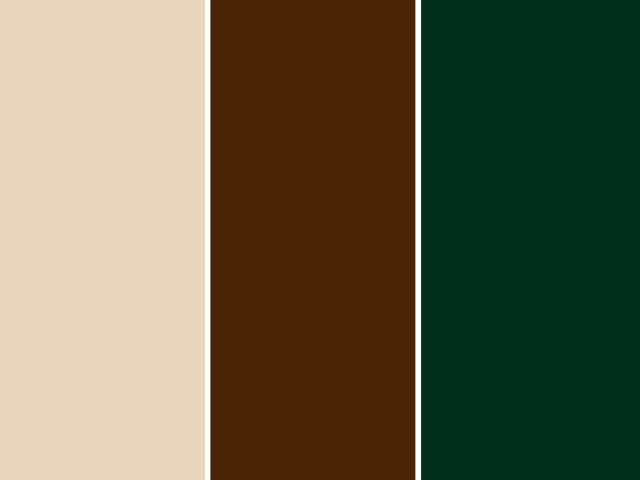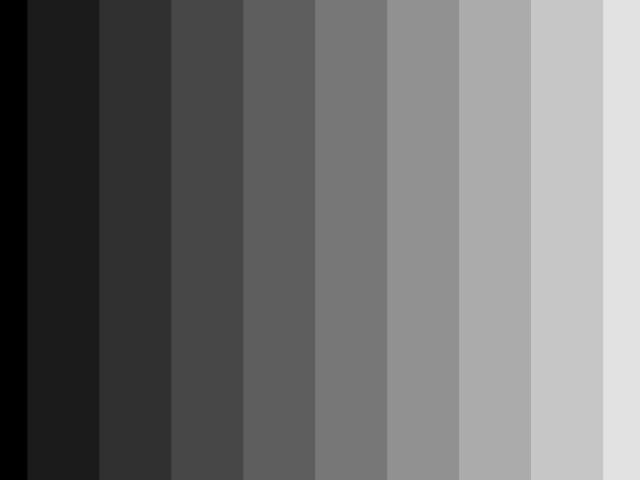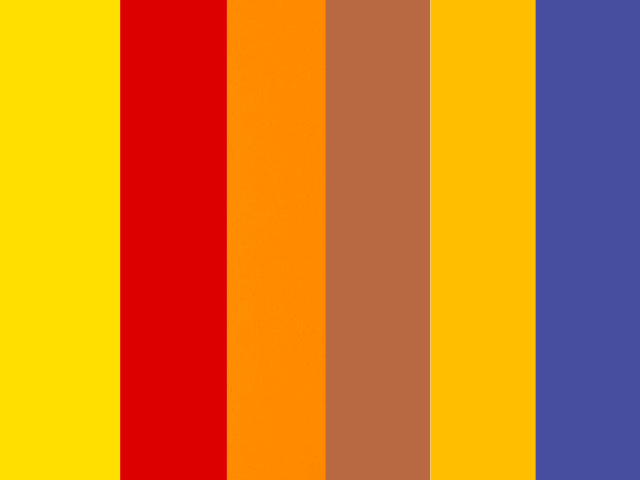Color Trends 2024
In interior design, popular colors change quite often, while in the facade sector, these changes happen more gradually — but trends can still be traced. It is essential to consider these trends, especially if you plan to decorate a room, improve your property, or build a fence in 2024. Ignoring designer recommendations could lead to a paradoxical situation: you invest in updating your interior, facade, or territory, but the visual effect will fall short of expectations.
In this review, we will explore some of the trends and tendencies that will be relevant in color design in 2024.
“Traditional” Colors: The Economic Logic of Trends
When we talk about ceiling finishes, facade shades, or color choices for fences, it’s important to remember that popularity doesn’t always correlate with visual perfection. These sectors have significant inertia (especially when compared to the fast-changing trends in interior paints or wallpapers), and often, “default” colors remain unchanged for years. They maintain high popularity primarily because manufacturers add them to the list of “standard” options, which lowers the cost of products in these shades.
For 2024, the most relevant colors from this list will be:
- Beige – the recognized leader in the economy segment, widely used in interior design. Beige facades and fences are becoming increasingly popular and in demand.
- Brown – another versatile shade that harmonizes well with constructions made of red ceramic brick and natural wood.
- Dark Green – the most neutral color, used for various design tasks.
Moreover, in the standard range of design offerings from companies working with finishing materials, natural wood textures are almost always present. These textures have only appeared on the mass market relatively recently, and in 2024, they will certainly remain relevant. One important note: since 2021, the requirements for the quality of these textures have increased: the closer they are to the original, i.e., the appearance of natural wood, the better.

50 Shades of Grey (and Black)
However, universal colors are not the main trend in color design. Their popularity is primarily driven by economic factors, while the key trend is much more specific. Since 2020, designers have observed a growing popularity of shades in the grey and black spectrum.
So, if you want your facade or fence to look as striking, modern, and timeless as possible — choose colors from the following list:
- Dark Grey
- Matte Black
- Graphite
- Anthracite
- Basalt
- Quartz, etc.
It is important to note that despite the dark shade, these constructions will require periodic cleaning from dirt. Stains on dark surfaces are just as visible as on white or beige ones, especially since facade finishes often suffer from efflorescence. To avoid damage when cleaning and reduce the resources spent on maintaining the cleanliness of the structure, it’s recommended to choose metal products with high-quality polymer coatings. First, in this case, dark shades will not suffer from fading and discoloration. Second, high-quality coatings are less prone to dirt adhesion and are much easier to clean.

Original Solutions: All the Possibilities of RAL
When talking about trends that will be relevant in 2024, it’s impossible not to mention the growing demand for non-standard color solutions, as well as the active use of corporate color palettes in designs. Just a few years ago, this was more of an exception, but today, adhering to color guidelines has become a near-universal rule of good taste in the commercial sector.
Thus:
- To create an original design, the choice leans towards non-traditional colors such as yellow, red, orange, ginger, amber, watercolor blue, and more. These non-standard colors are positioned by designers as the most relevant for 2024.
- When designing commercial objects, branded shades must be reproduced with high accuracy.
In both cases, it is very important for the manufacturer of materials for fence installations or finishing components to be able to produce parts in all RAL shades. Quality requirements remain high – the construction must not only be vibrant but also durable, otherwise, the color fading will diminish the entire design effect.

Wood Texture Products
The “wood effect” trend started gaining popularity in 2022-23, and in 2024, this trend is sure to continue, with these products becoming even more popular! Modern technologies allow for the application of wood textures and patterns onto metal with great accuracy, making the imitation of boards or cylindrical logs almost indistinguishable from real wood products made from expensive tree species.
Fences or ceilings with a “wood” texture will become ideal options for creating modern interiors in commercial spaces. And without a doubt, they will also be perfect for crafting a unique design in your home.
Conclusion
The color design trends for 2024 will be quite distinct – and they shouldn’t be overlooked. The most relevant colors will come from the gray-black range – from light gray and quartz to graphite, anthracite, or matte black. However, where the black-gray palette isn’t suitable, attention should be given to other shades, both from the standard palette and from the list of non-standard RAL colors.
